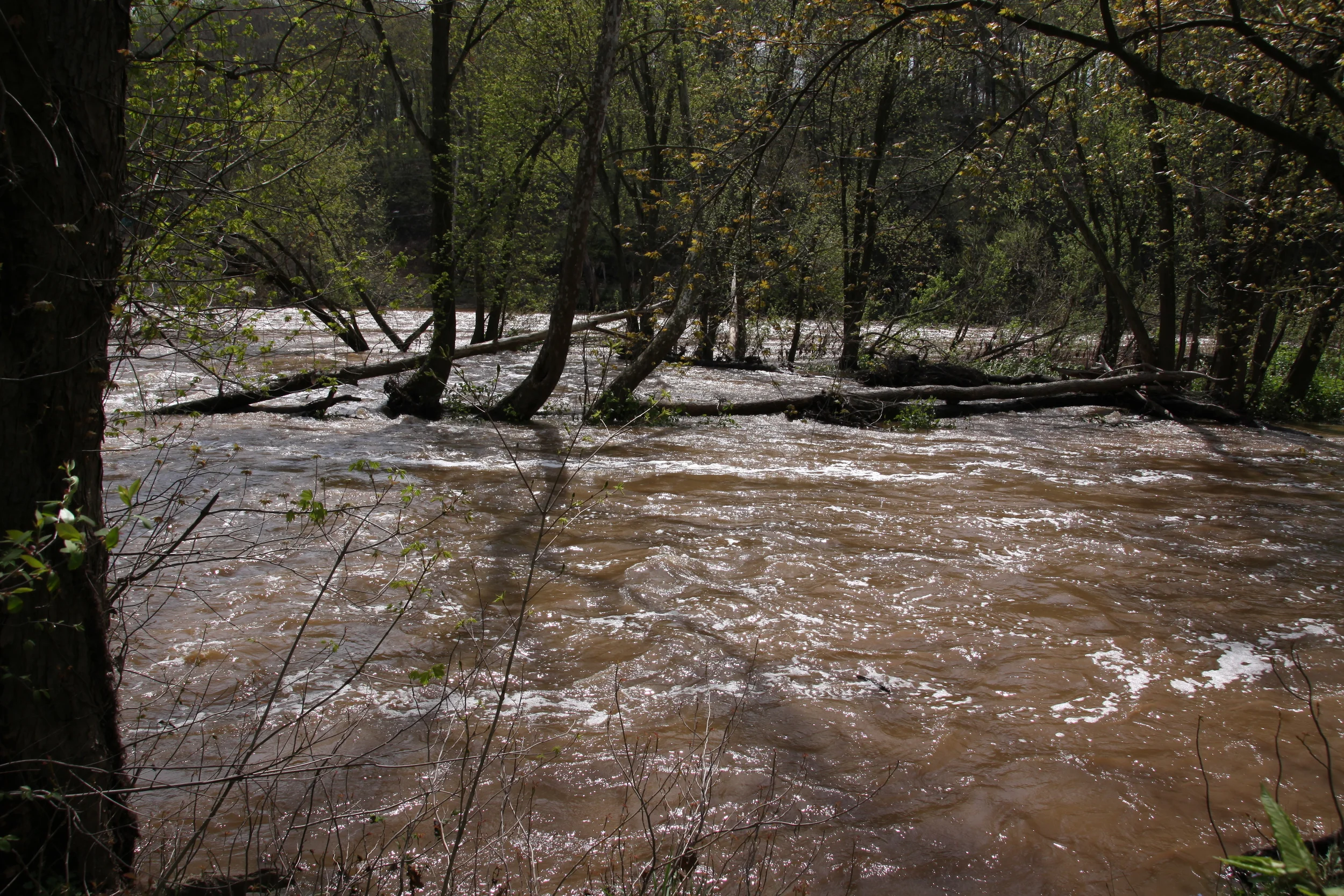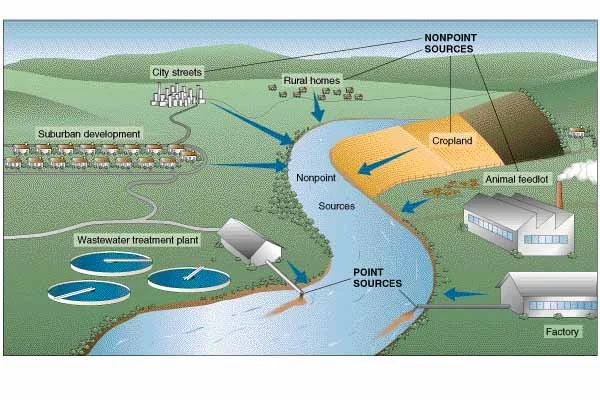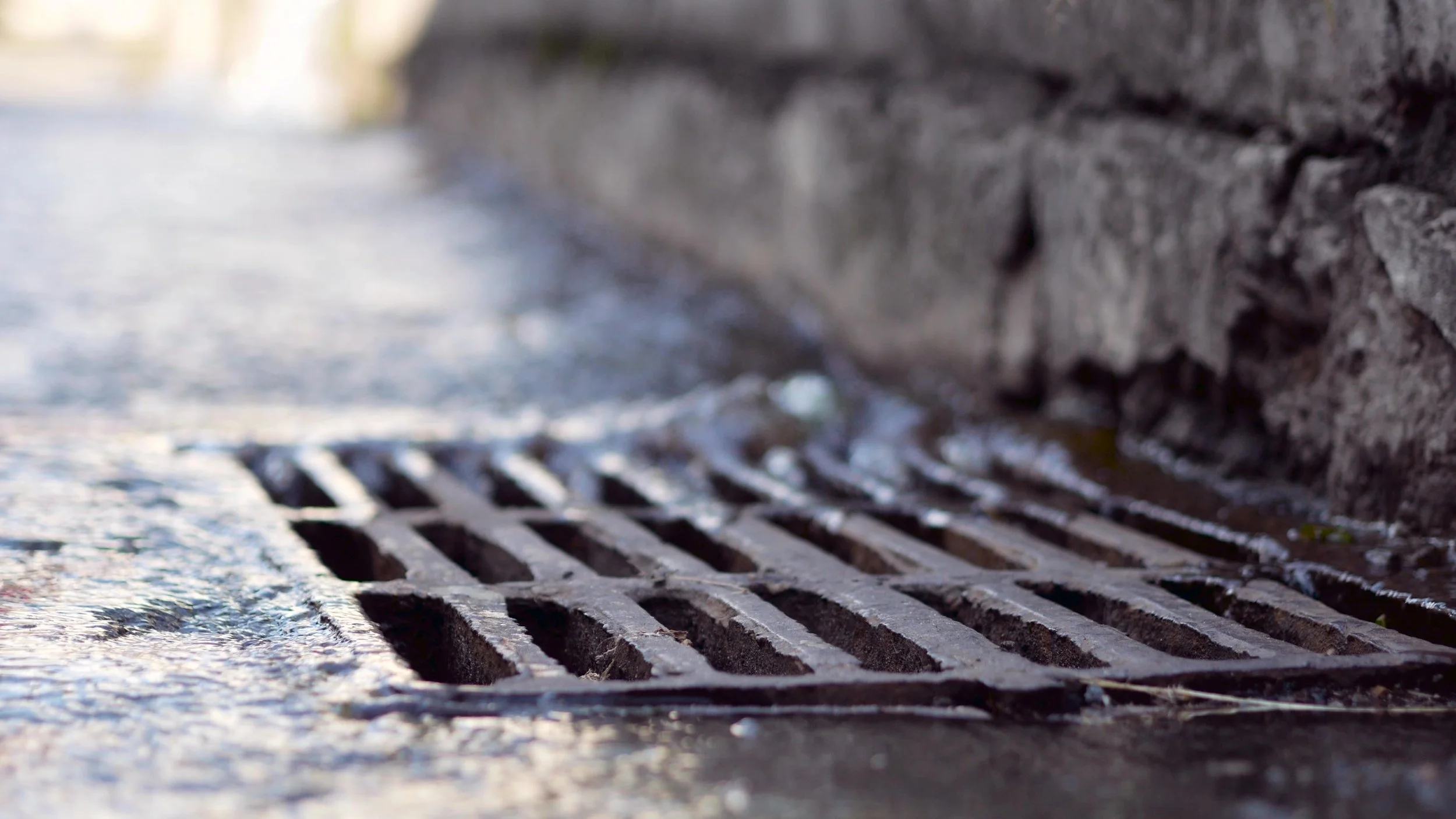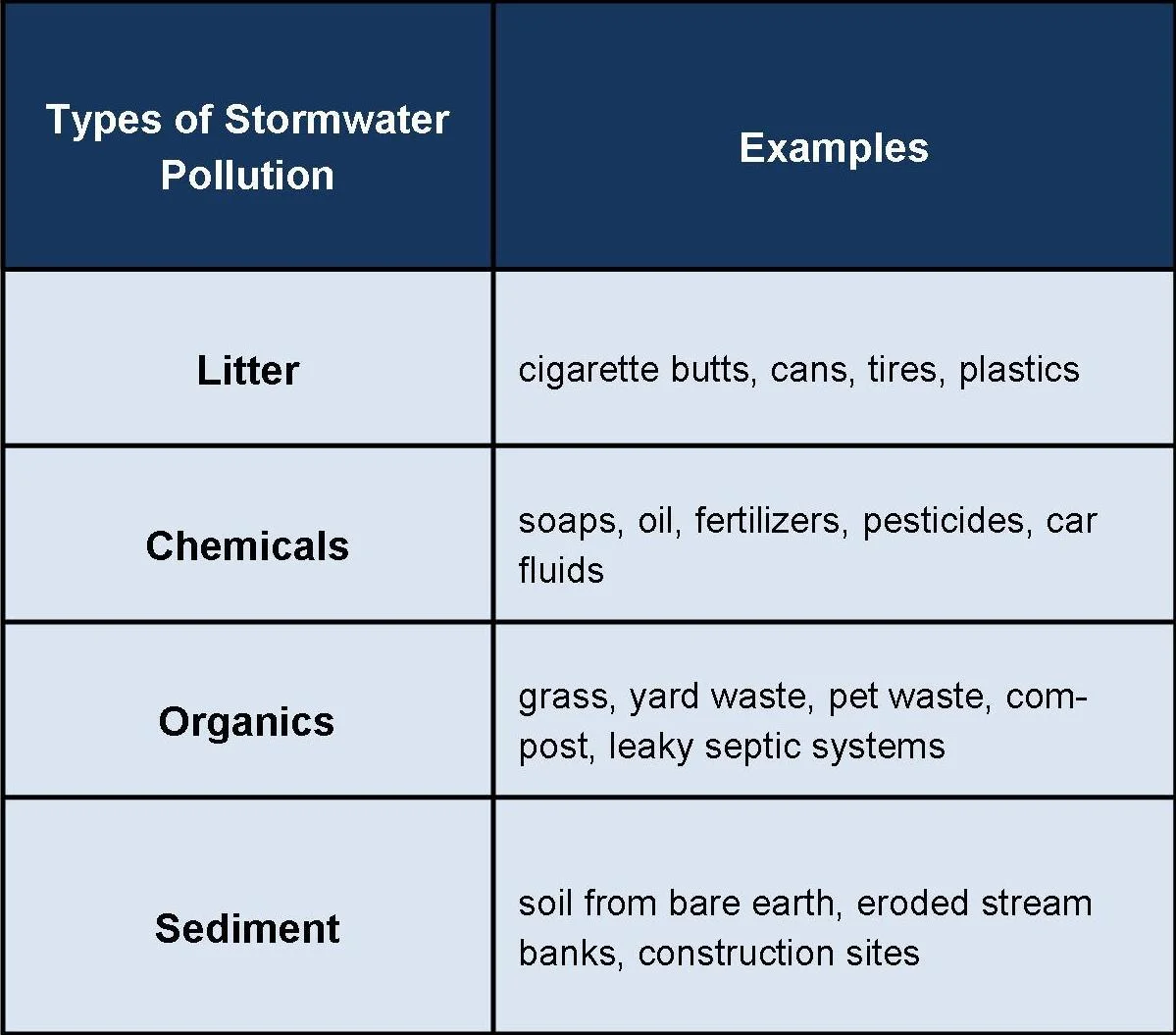
Stormwater Glossary
Stormwater is a major source of
water pollution within our watershed.
Watershed
A watershed is an area of land that drains to the same water body.
Large watersheds contain smaller sub-watersheds. For example, the Perkiomen Creek Watershed is 362-square miles and is part of the larger Schuylkill River Watershed. The water that drains from our property makes its way to the Perkiomen Creek, the Schuylkill River, the Delaware River and Bay, and out to the Atlantic Ocean.
Non-point Source vs. point-source Pollution
Non-point source pollution is contamination stemming from many sources, accumulating to negatively impact stream quality, making it harder to identify and address
Non-point source pollutants can be discharged over a wide land area, from many different locations, and most find their way to a stream through stormwater.
Runoff from urban and suburban areas is a major origin of non-point source pollution.
Point-source pollution is easy to identify, because, as the name suggests, it comes from a single place.
Examples of point-source pollutants include: municipal wastewater treatment plants, factories, power plants, oil refineries
Stormwater
Stormwater is a term for rain water, snowmelt or any other form of precipitation that flows downhill or through storm sewer systems to reach waterways.
In this area of Pennsylvania, storm drains lead directly to waterways with no treatment process. This means that whatever enters storm drains will go directly into our waterways.
Stormwater Runoff
Stormwater runoff occurs when stormwater cannot infiltrate the soil because it is blocked by hard surfaces like pavement, buildings or compacted soil.
The more development, the more stormwater runs off our properties instead of soaking into the ground.
Runoff can cause serious flooding issues and lead to stormwater pollution.
Stormwater Pollution
Stormwater pollution occurs when runoff carries a variety of pollutants into local streams, either directly or through storm sewer systems. See the table to the right for examples of the four different types of pollution.
Stormwater pollution can increase our water costs and negatively impact wildlife, recreation, stream banks and stormwater infrastructure. It can lead to increased flooding, fish becoming inedible, the spread of pathogens and other risks to human health. This is why we say, " What you do to the land, you do to the water."
Infiltration
Infiltration, part of the natural water cycle, is the act of water slowly seeping down into the ground between rocks and soil particles, which supplies springs and wells. This naturally filters water and is what keeps our streams flowing.
Stormwater runoff is what carries pollutants to our streams. Less runoff and more infiltration means better quality water and a more balanced water cycle.
Current stormwater regulations in Pennsylvania are aimed at reducing the impacts of stormwater runoff, increasing recharge to public and private water supplies, improving stream corridor habitats, and restoring the overall environmental integrity of the watershed.
See how we are helping municipalities meet their stormwater requirements.






